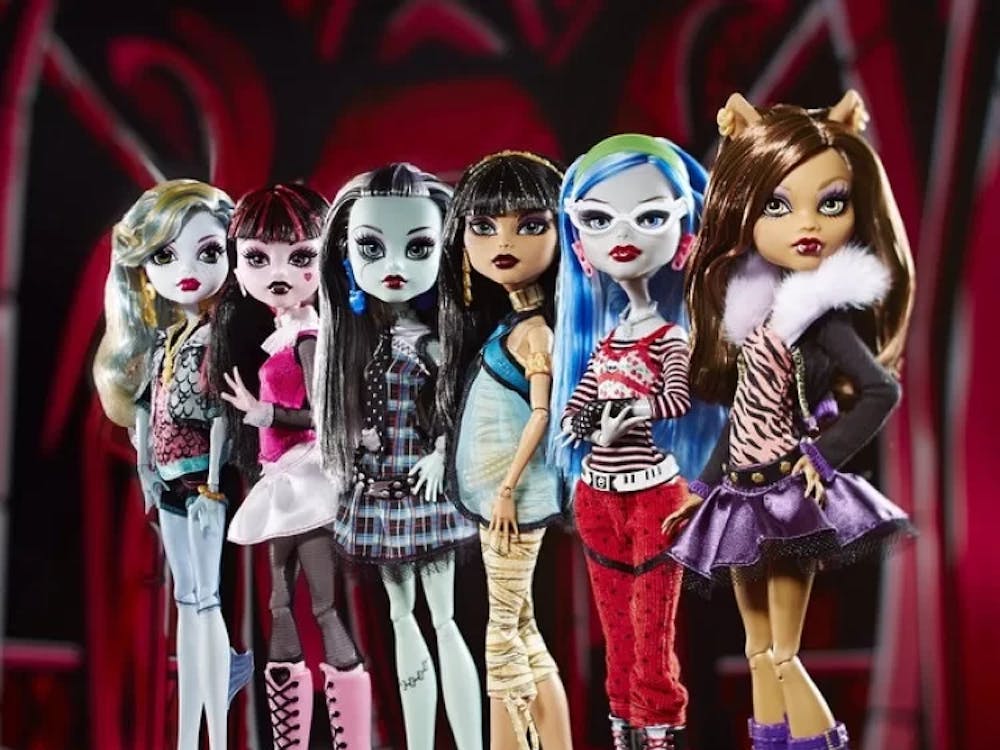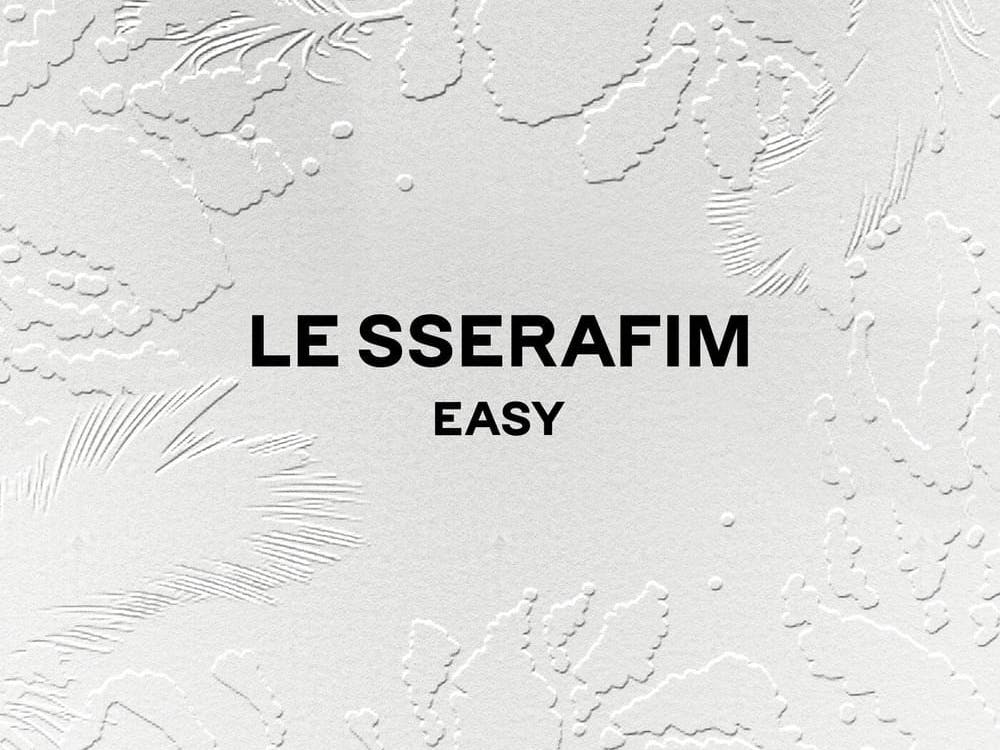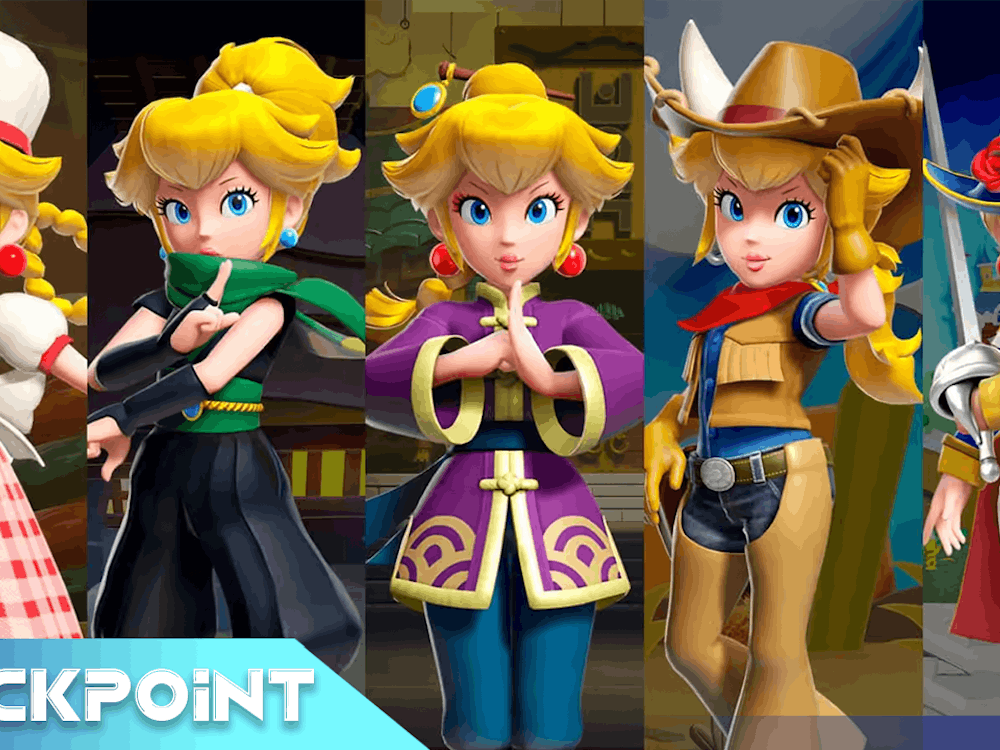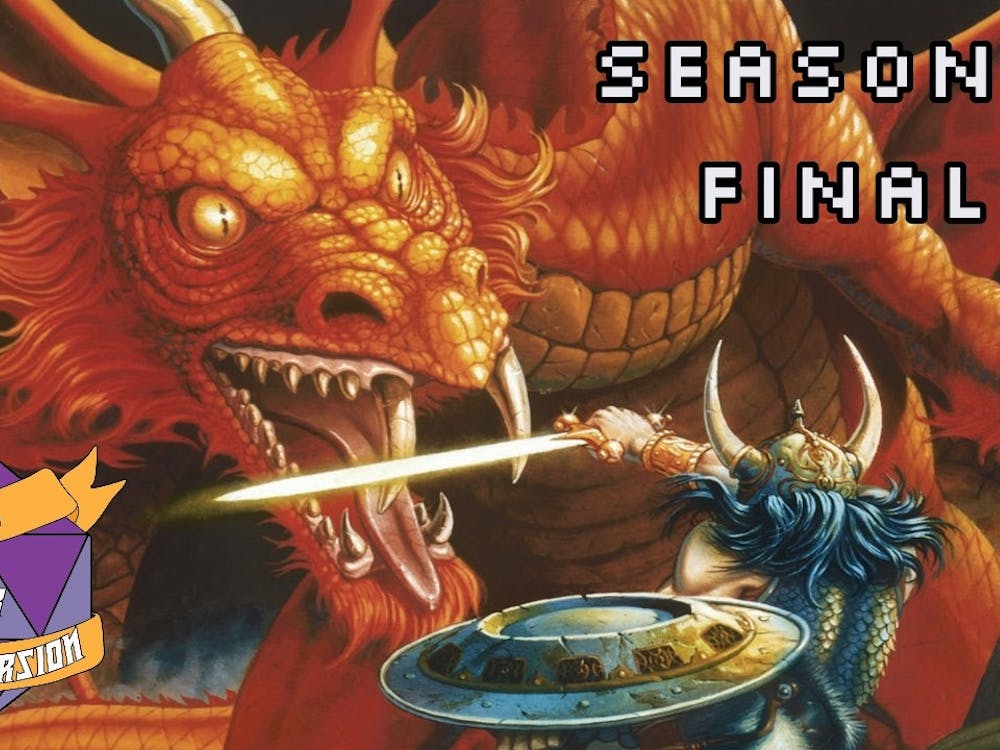Best tracks:
“Real Death”
“Seaweed”
“Swims”
“Soria Moria”
Recommended if you like:
Elliott Smith
Sun Kil Moon
Sufjan Stevens
Phil Elverum’s solo work as a musician began under the name The Microphones in 1999. His music has never been upbeat, and it has never been straightforward. Most of his albums, including the modern classic “The Glow Pt. 2”, sound incredibly well thought-out lyrically, while maintaining a stream-of-consciousness aesthetic and dodging typical song structures. Even after switching to the Mount Eerie moniker in 2003, all of the vital components of his unconventional sound have remained essentially the same.
“A Crow Looked at Me” is a little bit different, as it arrives in the wake of an unimaginable tragedy. In 2015, his wife and fellow artist Geneviève Castrée went in for a postpartum checkup after the birth of their daughter. When the results came back, she learned that she had stage-four pancreatic cancer, which she eventually died of in July of last year. The album that results from her death is as heartbreaking as one would expect. Although death has been a common subject in Elverum’s lyrics since the beginning, he has never written directly about it while the wounds of loss were so fresh.
Letters more than songs
Often, “A Crow Looked at Me” doesn’t seem like an album at all but rather a series of diary entries that Elverum has allowed the world to read. Almost every moment is addressed directly to Geneviève, though he knows she will never hear any of it. He spends most of the record singing over nothing but an acoustic guitar, and avoids making the tracks sound like real songs. The minimalistic instrumentation is partly because of his methods in making the album. Most of it was recorded while his daughter was asleep in the room where Geneviève died, as though that were the only place where she would hear him singing to her.
He often begins his songs with very specific updates: “Our daughter is one-and a half / You have been dead eleven days.” “It’s August 12, 2016 / You’ve been dead for one month and three days.” He tells her what he’s been thinking about or what happens when he talks about her in public. At one point during “Ravens”, the longest song on the album, he apologizes for selling her clothes when they moved after her death. Sometimes, listening to this album, I wonder if he was originally planning to release it at all or if he was just creating music as a method of therapy for himself. It’s great music, but Phil Elverum has always been a very private person, and it’s a big change for him to bear his soul for the world like this.
Looking for symbolism…
The second track on the album is “Seaweed”, and it tracks Phil Elverum trying to find some symbol or physical manifestation of his wife on Earth. He doesn’t remember if she liked Canada geese or not, so he doesn’t know if he’s supposed to find meaning in seeing hundreds of them on the beach. He tries again with foxglove flowers, but eventually gives up, not knowing whether things like birds and flowers can even have meaning anymore. The most beautiful line on the album comes at the very end when he pours Geneviève’s ashes onto a chair outside so she can watch the sunset. “But the truth is,” he confesses, “I don’t think of that dust as you. You are the sunset.”
Later, he returns to art and poetry with the song “Soria Moria.” Near the end of this song, he talks about a painting (Soria Moria by Theodor Kittelsen) that he saw while living in a cabin in Norway. In the painting, a kid looks through a foggy canyon onto a light, which symbolizes a faraway castle. Elverum compares himself to the boy in the painting, saying that “the distance from this haunted house where I live to Soria Moria is a real traversable space.”
Shortly after this, the final song “Crow” begins, and the title of the album is beautifully explained. This is the only song that is not addressed to his wife but rather to their daughter. He walks into her room one night to hear her murmur the word ‘crow’ a couple of times. He asks her if she is dreaming about a crow, but she doesn’t answer. Suddenly, a crow appears in the window, and Elverum seems to accept it as the spirit of Geneviève that he has been searching for the whole time.
…and coming up short
The main message of this album is obvious and simple: “Death is real.” It is the first line of the first song, and it recurs several times on various other tracks. With this mantra, Elverum is in some ways going back on the word of his entire career. He and countless other writers have painted death as a dark, mysterious unknown that can only be understood through abstract allegories. But in reality, death is not a skulking man in a black cloak. It’s just the moment when something with a pulse stops breathing.
The middle section of “Emptiness, Pt. 2” acknowledges this irony. Partially, the song seems to be a re-evaluation on the song “Emptiness” from his previous album Sauna. “Conceptual emptiness was cool to talk about,” he sings, “before I knew my way around these hospitals.” As death becomes more of a concrete concept in his mind, he has to get rid of his metaphoric tendencies in order to move on. In “Forest Fire”, he talks about how for the first few months, he left his windows and doors open so his wife could return home. Once the fall came around, this sweet gesture had to end, because the baby got cold.
“My Chasm” is a song about Elverum’s social life and how it has changed in the past months. He continues bringing up Geneviève in conversation uninvited and wonders whether people are tired of hearing him grieve. He realizes that while most other people will move on, he will be tortured by her absence for the rest of his life. As a listener, this song bears a sad implication. His next album will probably not be directly about this experience, but it will still be haunting him all the same. For someone this important to him, death is not just a fleeting experience that he can deal with and then get over. Death is permanent, and it is real.

All Images From: Immortal Reviews
Graphic by: Daley Wilhelm
















